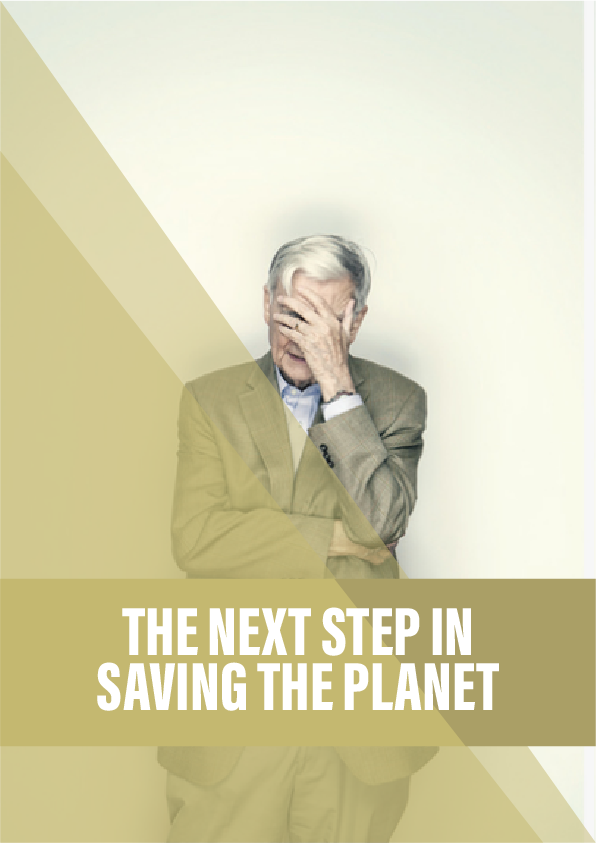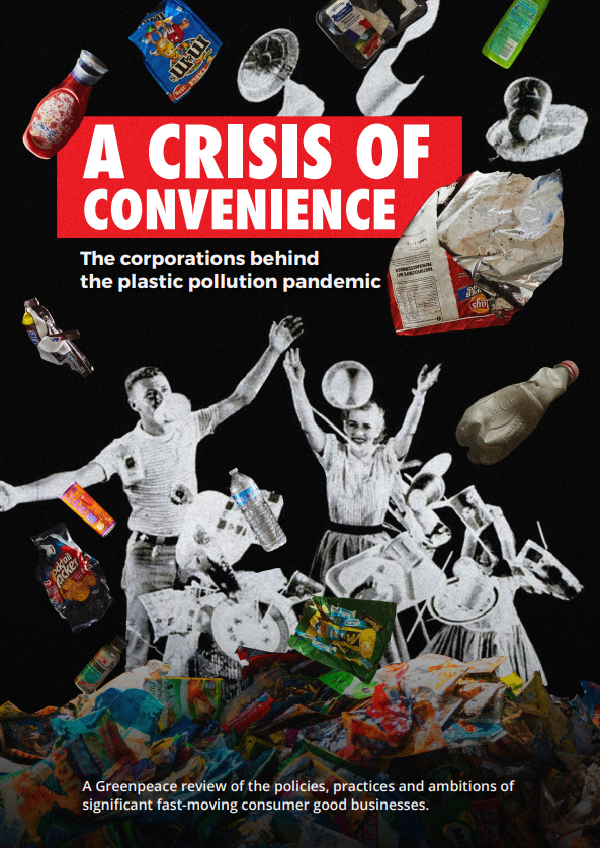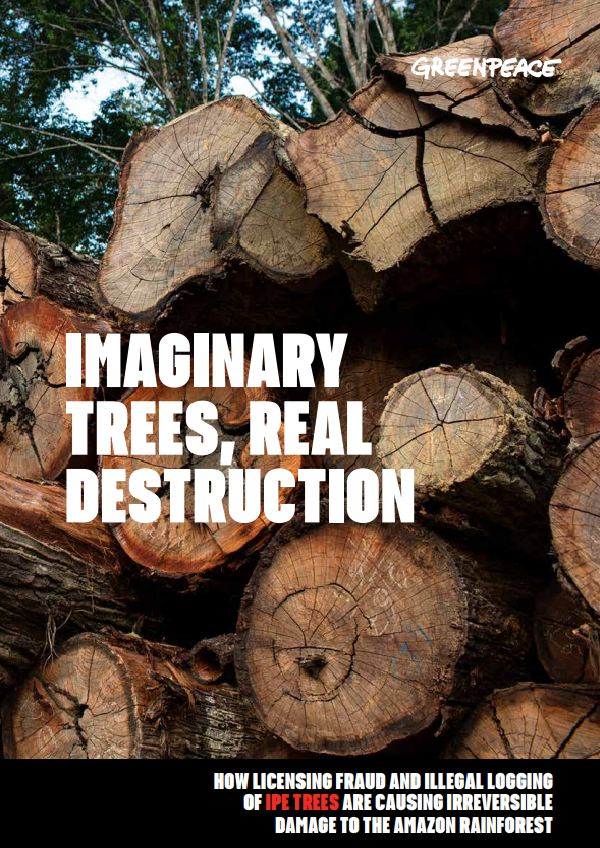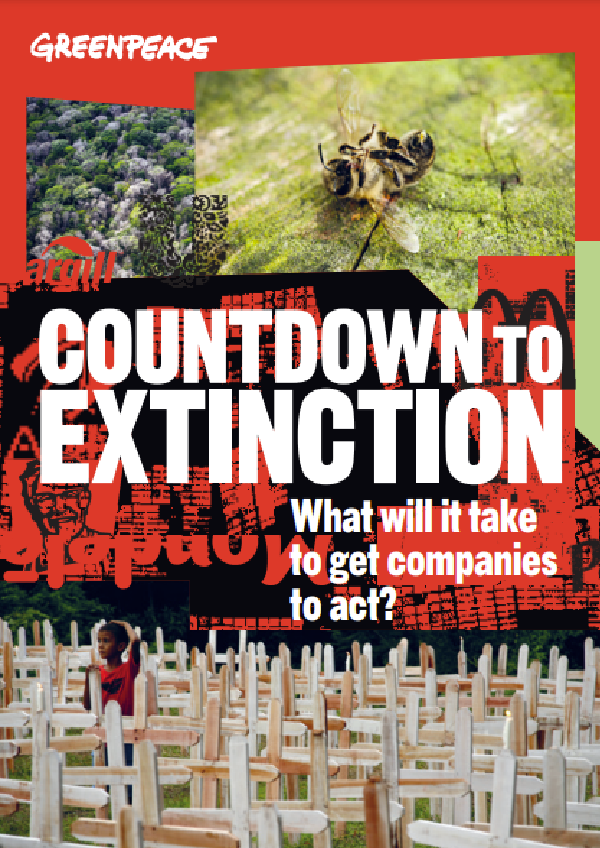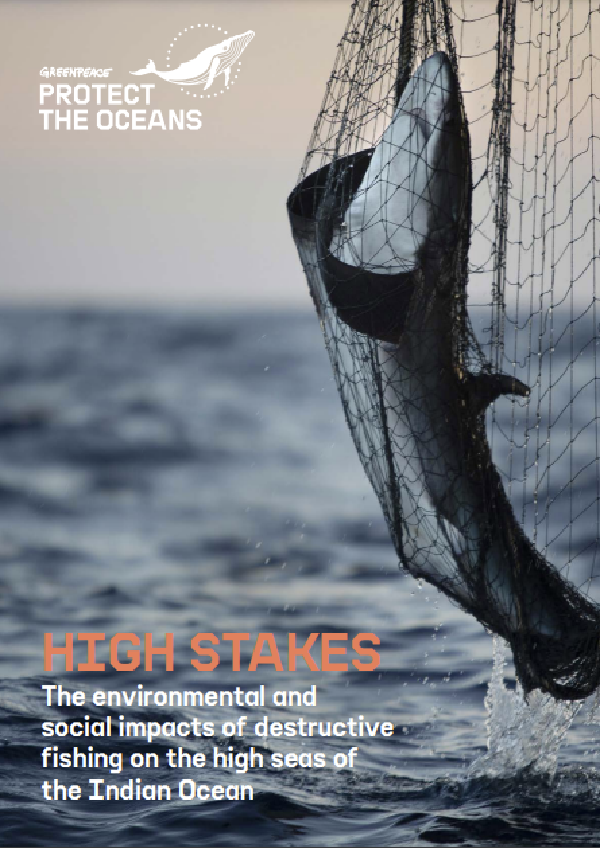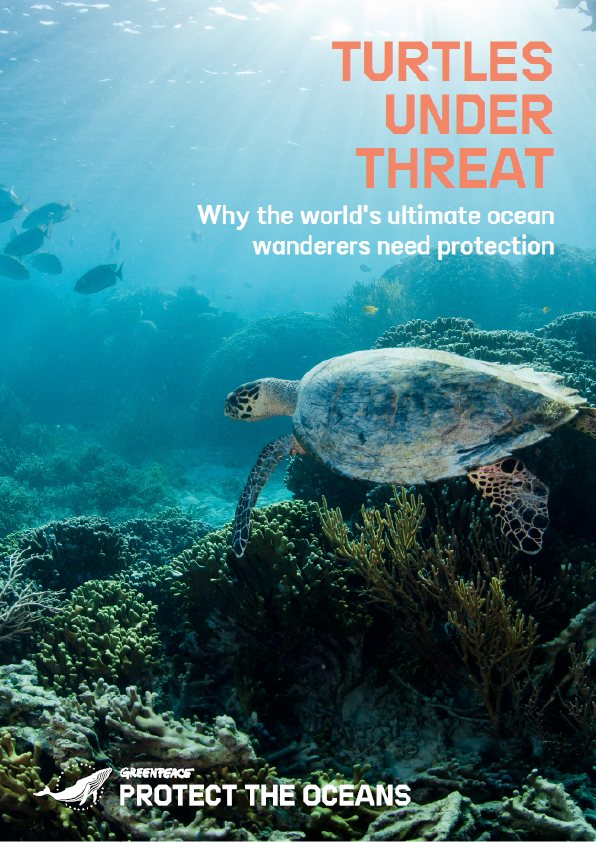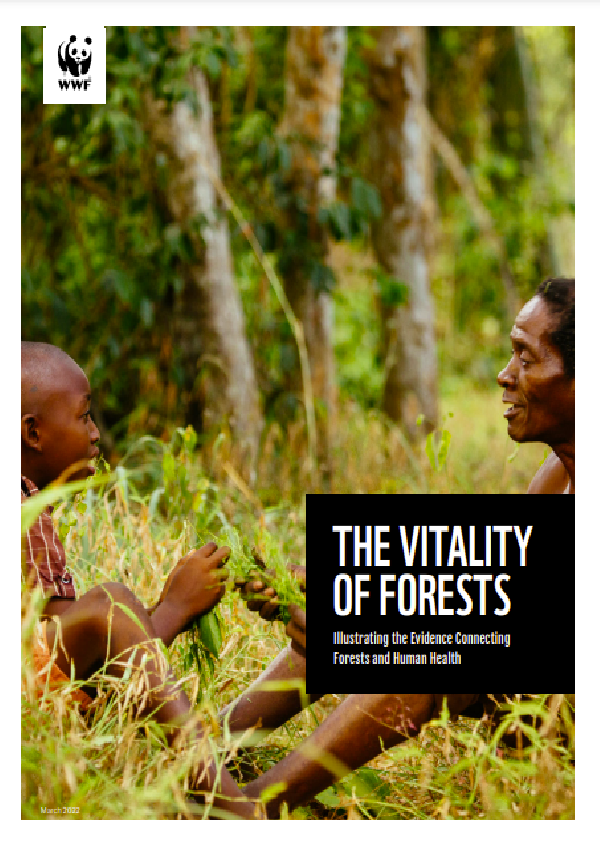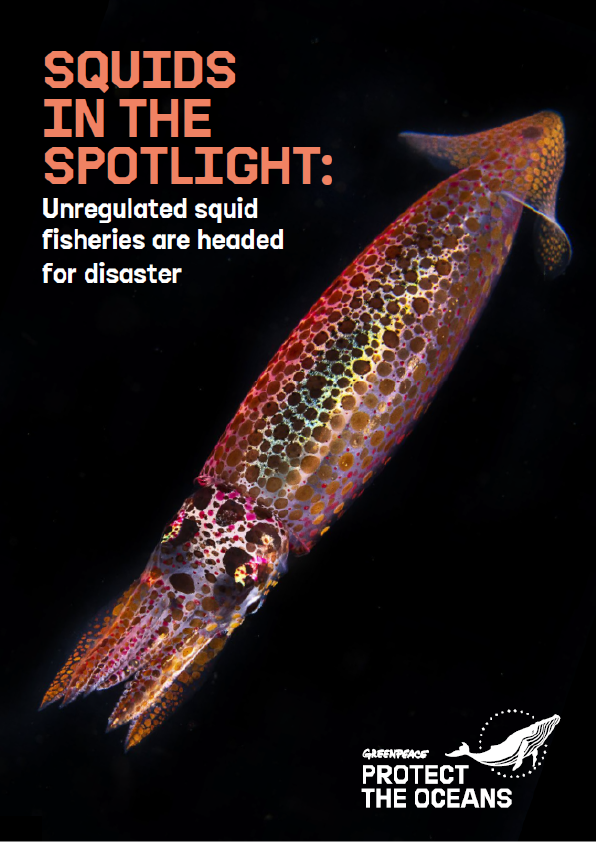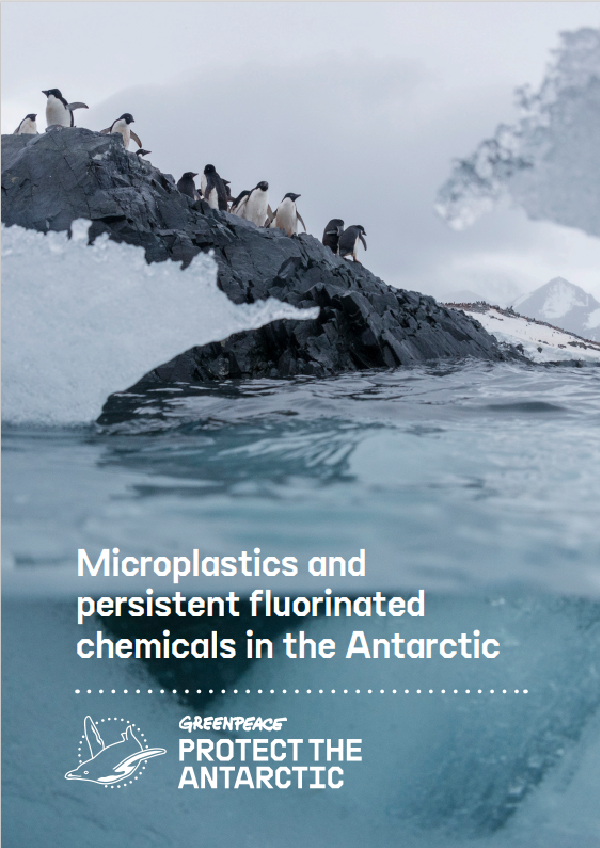arroll visited Wilson’s office at Harvard University for a free-ranging, hours-long chat. It covered concerns for the future and reminiscing about the past – and morphed into an idea for a global campaign to unite biologists behind the common cause of saving the natural world, a prerequisite for understanding it.
They began their conversation, excerpted below, by discussing the threats to our planet’s biodiversity.
Sean:
At what point did you know enough as a scientist, or had travelled enough, that you perceived a threat to nature?
Ed:
I knew it when I started going into the tropics in the early 1950s, but it’s the sort of thing you see and you don’t grasp at first. I saw ruined environments in Mexico and parts of the South Pacific, and I used to say, “Oh well, they messed that one up. That makes it a lot harder to go to the rainforest; I have to go way over the mountain range.”
We only began to put the big picture together in the 1970s and 1980s, which allowed us to think in terms of what could be preserved and how we might be able to do it.
Sean:
You’ve looked at this picture globally – you’re far more experienced than almost any biologist in this – and looked at how large a task this is. Let me make sure I have an understanding of where we would start. Would we start with habitat protection? Is the first job, before we lose anything else, to protect the ecosystem?
Ed:
Absolutely.
Sean:
And that’s something people can do.
Ed:
Absolutely. That’s what the best global conservation organisations and our government (and other environmentally inclined governments, such as Sweden and the Netherlands) are doing: protecting the remaining wild environment. This is the equivalent of getting a patient to the emergency room – keep them alive and then figure out how to save them.
The global conservation organisations are doing everything they can on modest budgets. They essentially promote setting aside reserves and parks around the world. Recently, in the book Half Earth (due out in March 2016), I’ve made the case for global reserves that collectively cover half the surface of Earth’s land and sea.
Sean:
You’ve been very consistent – and persistent – about the importance of inventorying and understanding what biodiversity is out there.
Ed:
But the support being given for biodiversity studies and for conservation biology is paltry – it’s a disgrace to the biological sciences. We’ve just about dropped biodiversity studies in relation to all the other environmental sciences, and we’re not pursuing it; we’re not mapping the biodiversity of the earth nearly as fast as we should.
Sean:
And why do you think that is?
Ed:
Well, the second half of the 20th century was a golden age of molecular biology, and it was one of the golden ages of the history of science. Molecular biology was so successful and made such a powerful alliance with the medical scientists that the two together just flourished. And they continue to flourish.
The students of biodiversity, the ones we most need in science today, have an enormous task ahead of them. Studying model species is a great idea, but we need to combine that with biodiversity studies and have those properly supported because of the contribution they can make to conservation biology, to agrobiology, to the attainment of a sustainable world.
I’ve been too meek. Look at just how few spokesmen there are. It’s hard to name other people who are prominent spokesmen in this area, and we need to get the message across somehow – including through the burgeoning crowd of mathematical-model-obsessed systems ecologists who are flooding into the area. We should make it clear to them, in one way or another, that they’re going nowhere until they know what they’re studying. It’s like having a physiologist in the medical school and you haven’t got the anatomy yet, you don’t know what you’re really –…….
